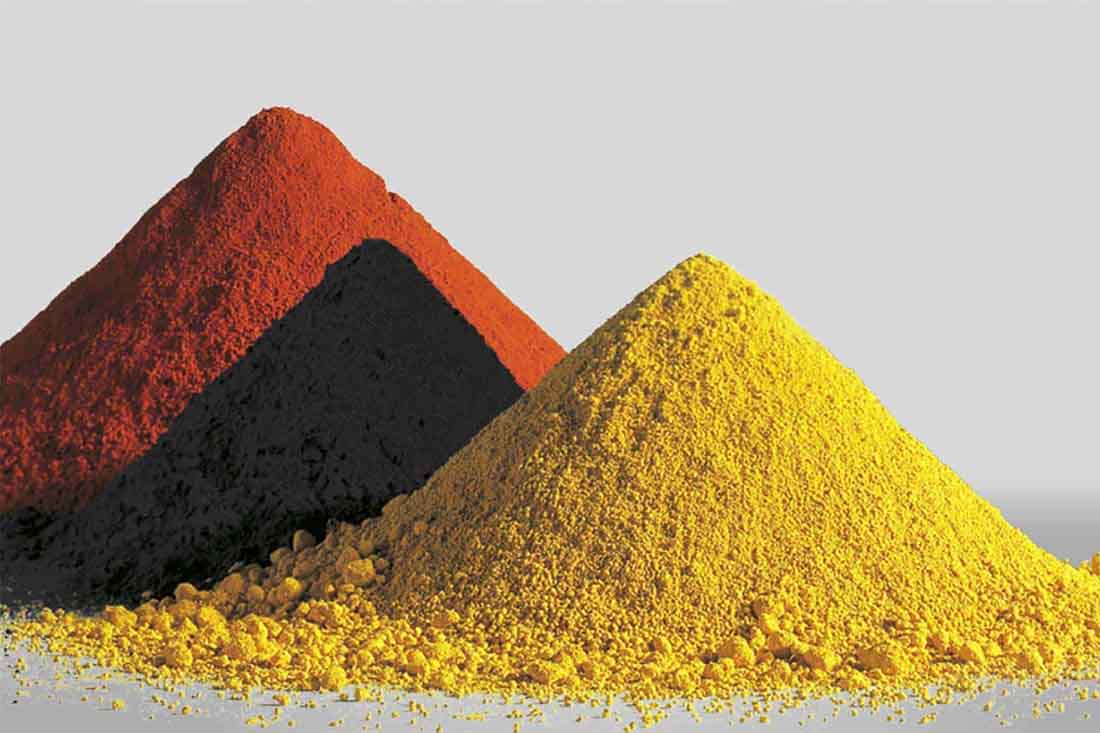Pigment Ingredients. PEG-8
Recent Posts
By Aleksandra Maniuse | 2021-01-06

Pigment Ingredients. PEG-8
PEG-8 Laurate
The Cosmetics Database found PEG 8 Laurate to be a moderate to high hazard, in part because of its inclusion of Lauric Acid. It notes the organ toxicity and contamination concerns associated with all PEGs, and also allergies and immunotoxicity concerns associated with its rating of Lauric Acid.
Safety Measures/Side Effects:
The Cosmetics Database found PEG 8 Laurate to be a moderate to high hazard, in part because of its inclusion of Lauric Acid. It notes the organ toxicity and contamination concerns associated with all PEGs, and also allergies and immunotoxicity concerns associated with its rating of Lauric Acid.
According to a study published in the International Journal of Toxicology, PEGs (including PEG 8 Laurate) can contain harmful impurities, including: Ethylene Oxide, known to increase the incidences of uterine and breast cancers and of leukemia and brain cancer, according to experimental results reported by the National Toxicology Program; 1,4-dioxane, a known carcinogen; PAHs, known to increase the risk of breast cancer; lead; iron; and arsenic (Source).
Products and formulas containing PEGs should not be used on broken or irritated skin. Although PEGs are considered safe for use topically on healthy skin, studies showed that patients suffering from severe burns were treated with PEG-based antimicrobial cream; this treatment resulted in kidney toxicity. “The PEG content of the antimicrobial cream was determined to be the causative agent. However, no evidence of systemic toxicity occurred in studies with intact skin. Because of the observation of kidney effects in burn patients, the CIR Expert Panel qualified their conclusion on the safety of the PEG ingredients to state that cosmetic formulations containing these ingredients should not be used on damaged skin” (CosmeticsInfo.org).
 PROPANEDIOL
PROPANEDIOL
*Propanediol exists in two common forms, 1,2-propanediol (propylene glycol) and 1,3-propanediol
Functions:
Propylene glycol is a useful little molecule and has found applications as a skin conditioning agent, humectant (moisturizer), fragrance ingredient, solvent and is used to reduce the viscosity of a formulation. It is seen in a wide variety of products including, but certainly not limited to: conditioner, shampoo, foundation, mascara, body wash, hair spray, cleanser and moisturizer (Cosmetics Database).
1,3-propanediol is primarily used as a solvent and a viscosity decreasing agent in cosmetics development.
Safety Measures/Side Effects:
Propylene glycol has a number of safety issues associated with it. It is commonly known to be an irritant to the skin and eyes, and cause contact dermatitis and rash in humans. However, the Agency for Toxic Substances and Disease Registry disputes the level of toxicity and says “propylene glycol rarely causes toxic effects, and then only under very unusual circumstances.”
1,3-propanediol is considered to be of low hazard to bodily health by the Cosmetics Database.
 LACTIC ACID
LACTIC ACID
About LACTIC ACID: Lactic acid is an alpha hydroxy acid; naturally produced in the process of bacterial fermentation, for example milk fermentation. Lactic acid is frequently used as an exfoliant and in anti-wrinkle products.
Function(s): Exfoliant; Fragrance Ingredient; Humectant; pH Adjuster; Skin-Conditioning Agent – Humectant; Skin-Conditioning Agent – Miscellaneous; BUFFERING; SKIN CONDITIONING
In pigments Lactic Acid works as pH Adjuster. That's why the healing process is smooth and quick. It means less scabbing, brighter and more consistent color ones healed.
 INORGANIC INGREDIENTS:
INORGANIC INGREDIENTS:
- Metallic Oxides or Synthetics
- MAYBE BE Toxic when amount of is NON REGULATED
- Preparation process: washing, drying, pulverizing and mixing into a formulation
CHARACTERISTICS
- Matte, Smooth, Colorless, Unstable, Long Lasting
- Nanometer iron oxide may be transparent
- May turn warm
- INSOLUBLE
- IRON OXYDE, TITANIUM DIOXIDE, MANGANESE VIOLET, ULTRAMARINES and others
 ORGANIC INGREDIENTS:
ORGANIC INGREDIENTS:
- Not usually found in nature, that’s why usually chemically synthesized
- Non Toxic
CHARACTERISTICS
- Transparent, Stable, Glossy, Fade faster
- Has a tendency to turn cold
- SOLUBLE – RUBINE REDS, TARTRAZINE YELLOW, LITHOL REDS, HANSA YELLOW and others
- For organic pigments no natural sources are used
- All organic pigments for permanent make up are made synthetically
This post will be extended with more information
